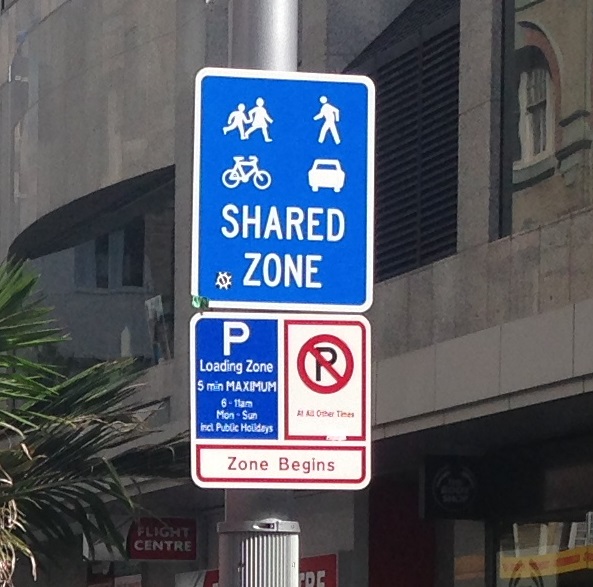 Glen Koorey presented at the IPENZ Transportation Group Conference in March 2016, with co-presenter John Lieswyn. Their paper was titled Making Space: Innovative Ways to Fit Multiple Modes within Narrow Cross Sections.
Glen Koorey presented at the IPENZ Transportation Group Conference in March 2016, with co-presenter John Lieswyn. Their paper was titled Making Space: Innovative Ways to Fit Multiple Modes within Narrow Cross Sections.
Increasingly in New Zealand, there is a desire to provide road space for a range of different road users, including cycles, buses, and light rail. For many typical NZ road corridors (e.g. a standard 20 m road reserve) it can seem difficult to achieve this. However, many overseas examples offer inspiration (sometimes unconventional) for ways forward.
Glen and John were awarded "highly commended practice paper" for their paper. They would be happy to apply their experience in this area to street reconfiguration examples in New Zealand.

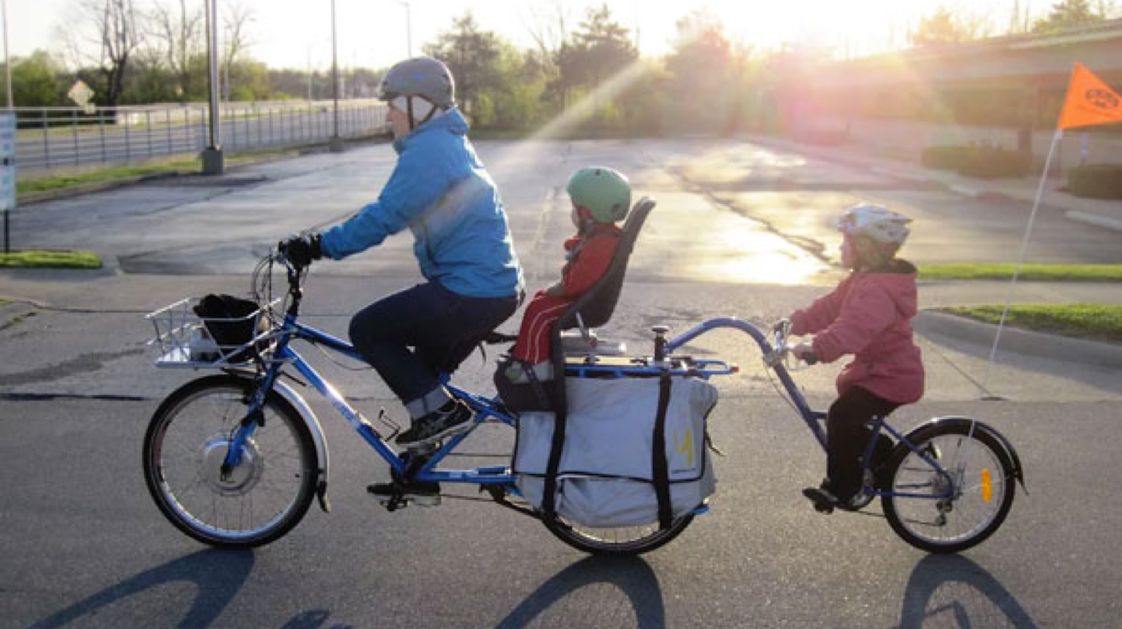 At the 2016
At the 2016 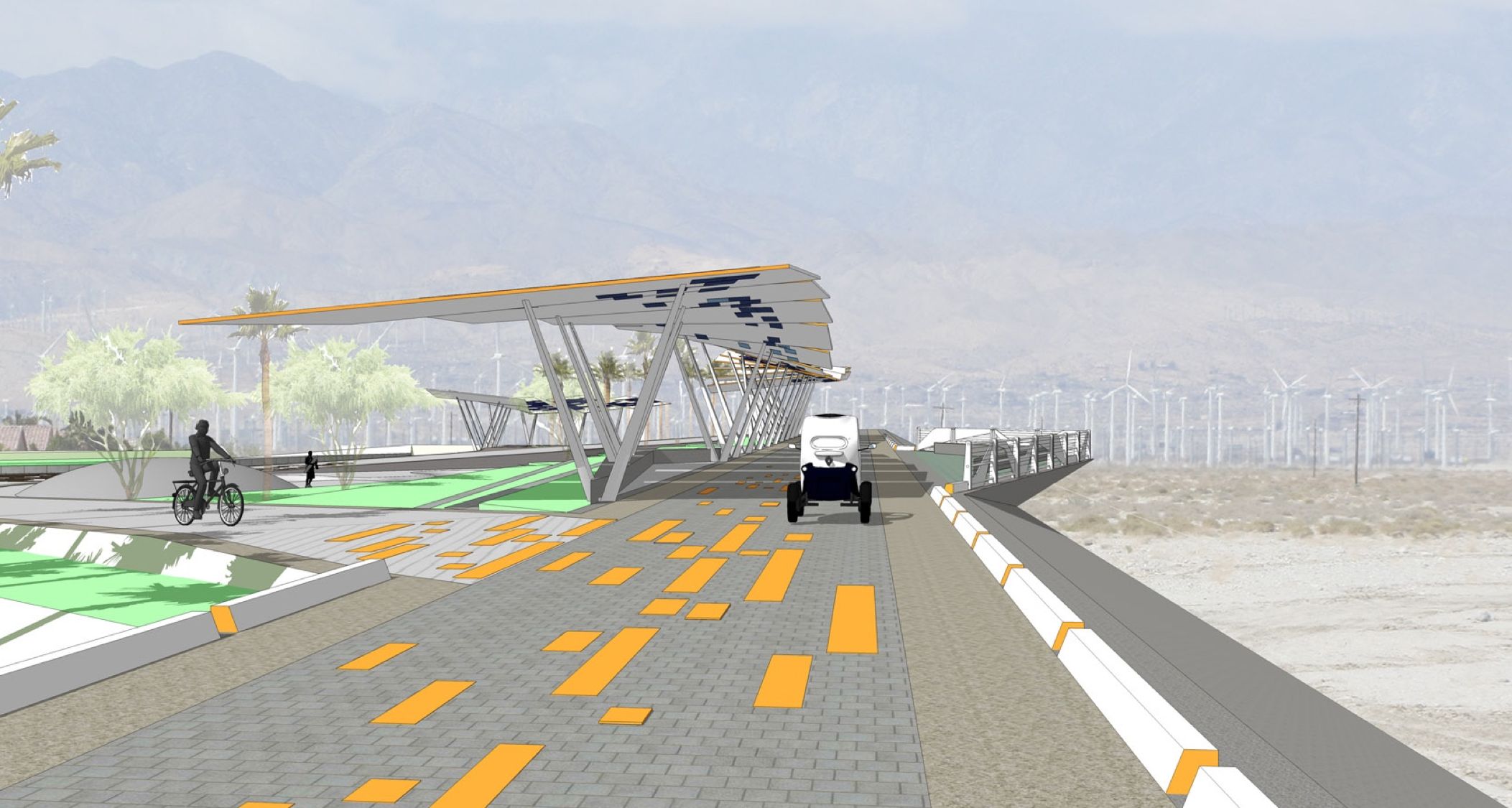 John Lieswyn presented his paper "CV Link: California's new paradigm in shared use pathways" at the
John Lieswyn presented his paper "CV Link: California's new paradigm in shared use pathways" at the 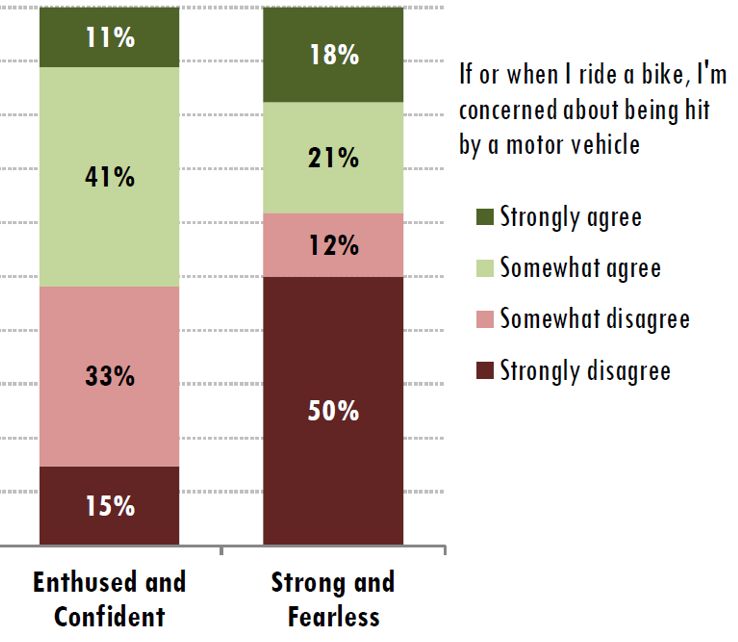 At the
At the 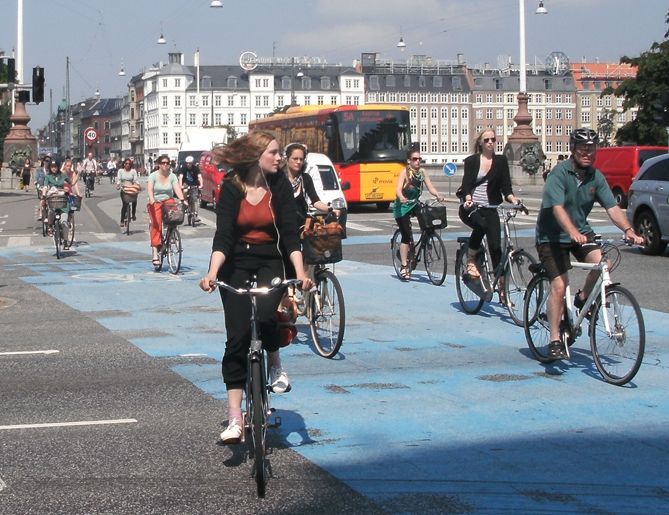 With the current significant investment in cycling in New Zealand, many people hope that we can grow cycling usage levels to match those found in several parts of Europe. A lot of focus here is on physical treatments such as protected cycleways and 'Copenhagen lanes', but will that be enough to initiate significant travel behaviour change?
With the current significant investment in cycling in New Zealand, many people hope that we can grow cycling usage levels to match those found in several parts of Europe. A lot of focus here is on physical treatments such as protected cycleways and 'Copenhagen lanes', but will that be enough to initiate significant travel behaviour change?
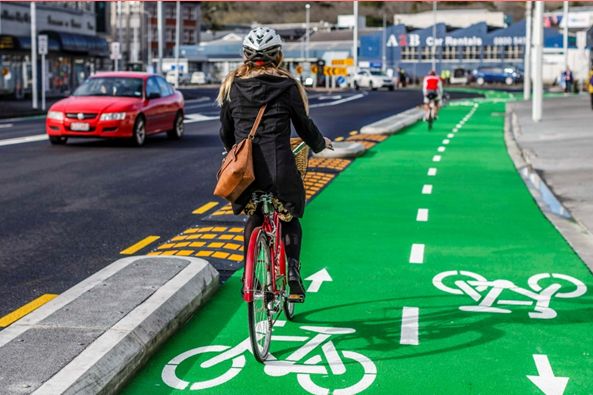 ViaStrada and Abley Transportation Consultants were commissioned by the NZ Transport Agency to develop a national framework of guidance for planning and designing for cycling. The resulting framework, titled Cycling network guidance - planning and design (CNG) was officially launched in July 2016. It provides comprehensive guidance and / or links to appropriate sources.
ViaStrada and Abley Transportation Consultants were commissioned by the NZ Transport Agency to develop a national framework of guidance for planning and designing for cycling. The resulting framework, titled Cycling network guidance - planning and design (CNG) was officially launched in July 2016. It provides comprehensive guidance and / or links to appropriate sources.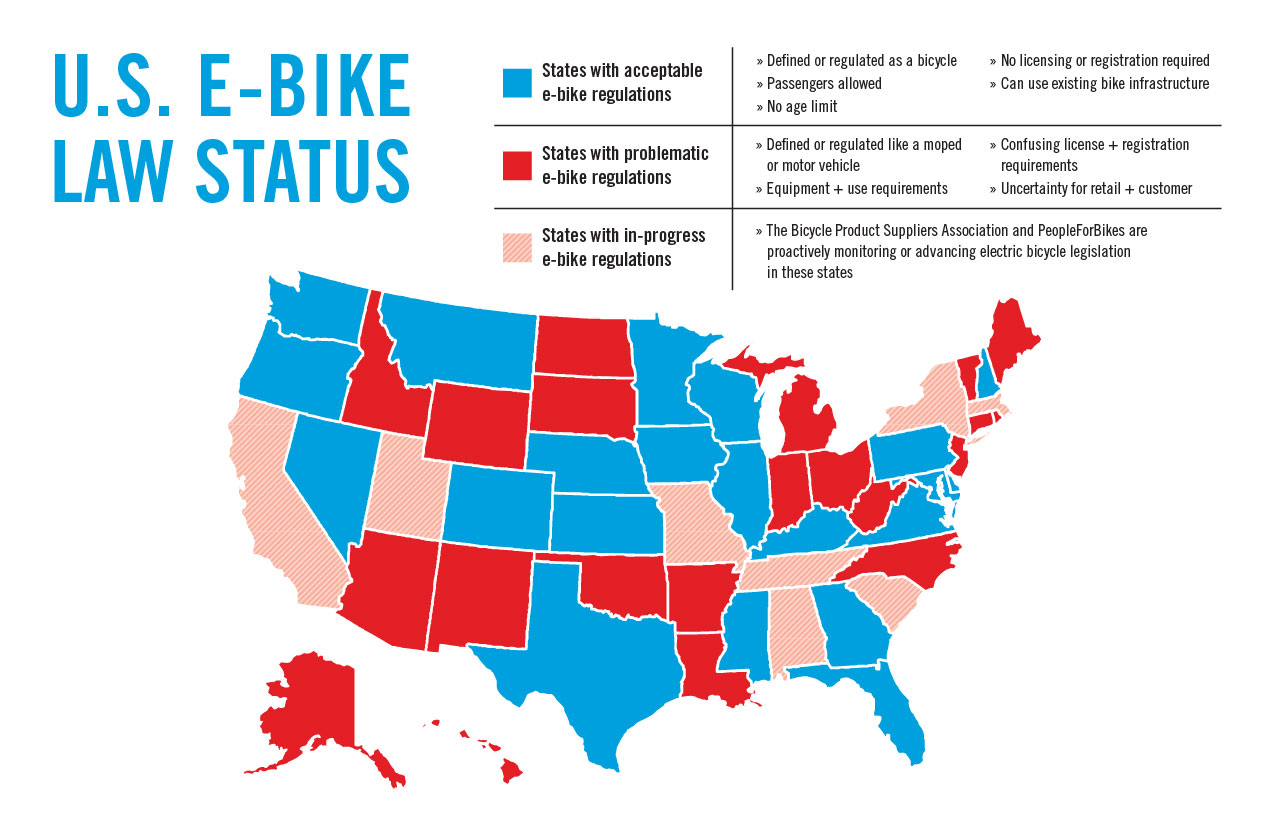 The Canterbury branch of the Transportation Group had a meeting where two presenters talked about e-bikes. John Lieswyn's presentation covered two aspects. Firstly, he talked about the CV Link project that he project managed in California, an 80 km pathway project that will cater for low-speed electric vehicles with a top speed of 40 km/h. Secondly, he discussed various legislative approaches around the world to e-bikes.
The Canterbury branch of the Transportation Group had a meeting where two presenters talked about e-bikes. John Lieswyn's presentation covered two aspects. Firstly, he talked about the CV Link project that he project managed in California, an 80 km pathway project that will cater for low-speed electric vehicles with a top speed of 40 km/h. Secondly, he discussed various legislative approaches around the world to e-bikes.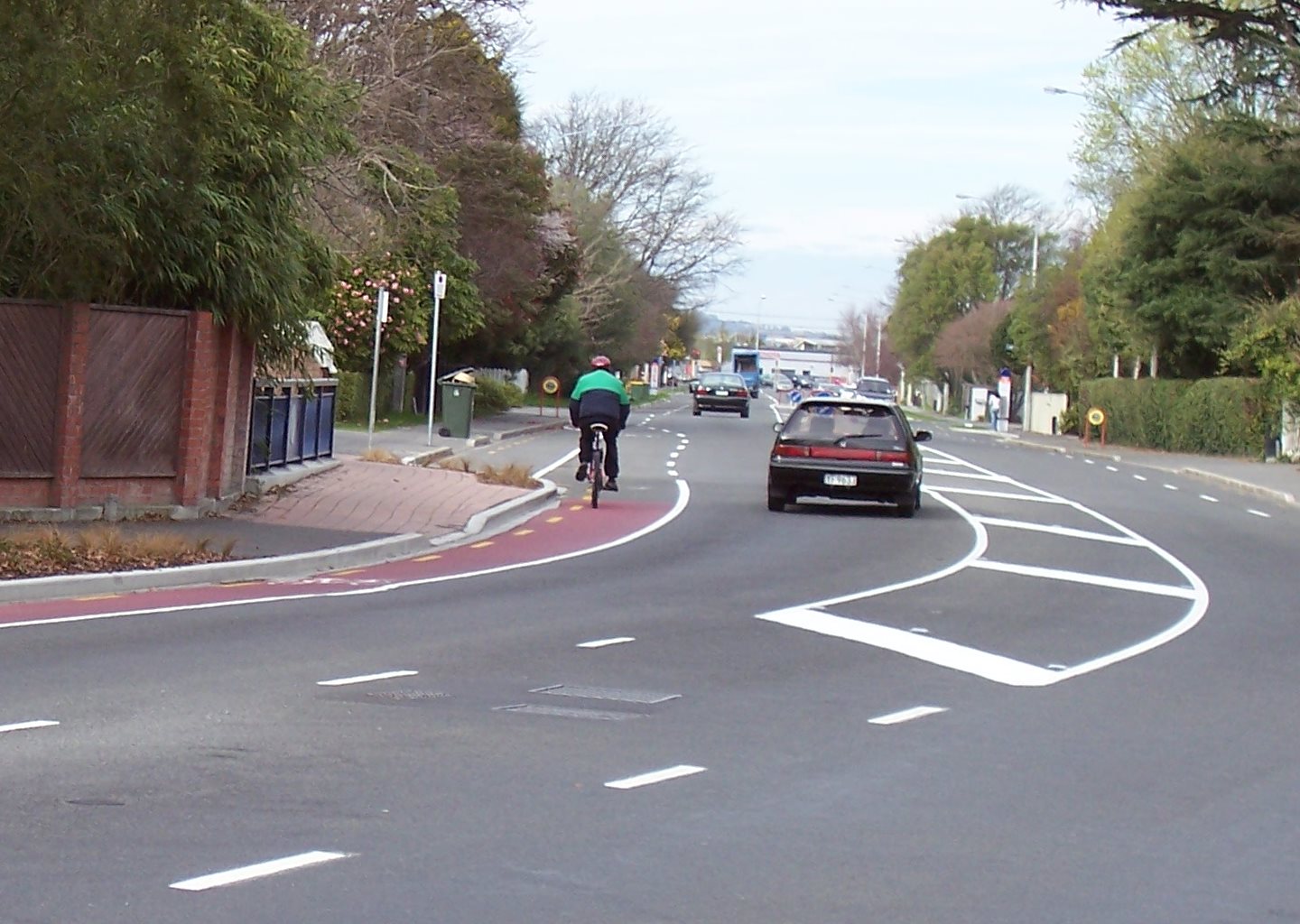 Glen Koorey
Glen Koorey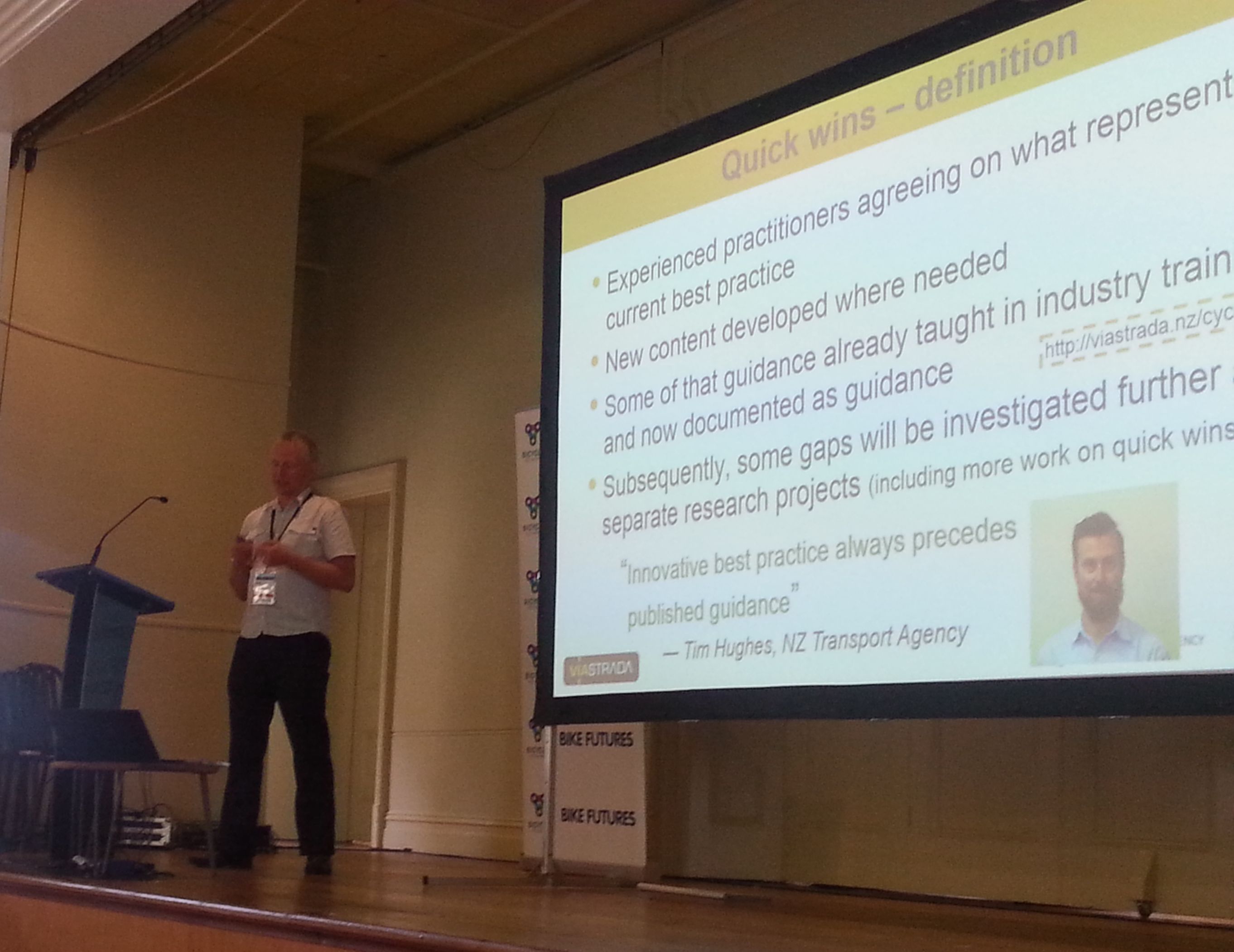 At the Bike Futures conference in Melbourne in October 2015,
At the Bike Futures conference in Melbourne in October 2015, 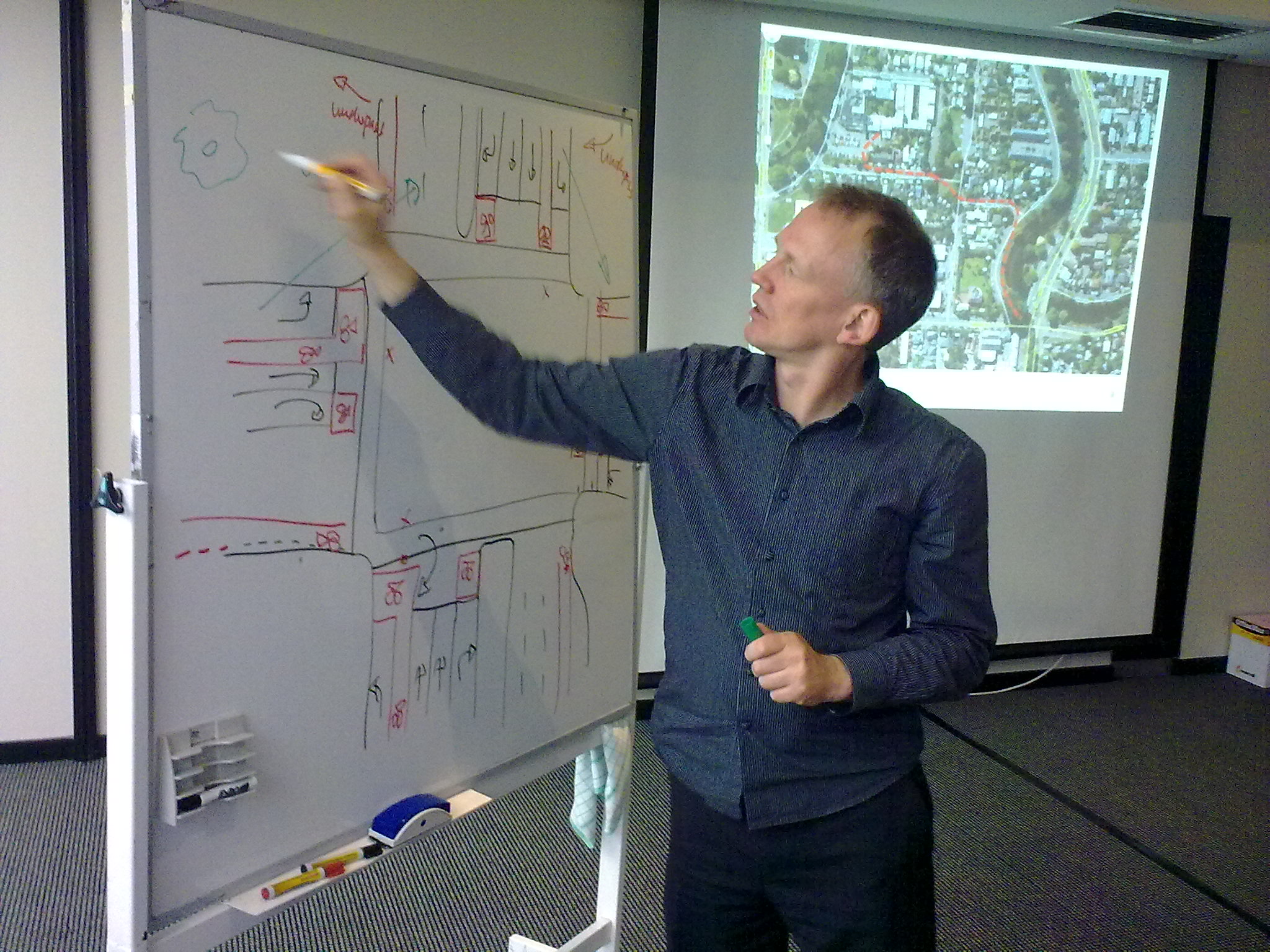 The purpose of this presentation is to highlight how professional training courses about planning and design for cycling contribute to a safe system for New Zealand. The presentation can be
The purpose of this presentation is to highlight how professional training courses about planning and design for cycling contribute to a safe system for New Zealand. The presentation can be